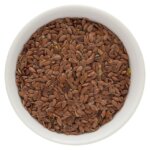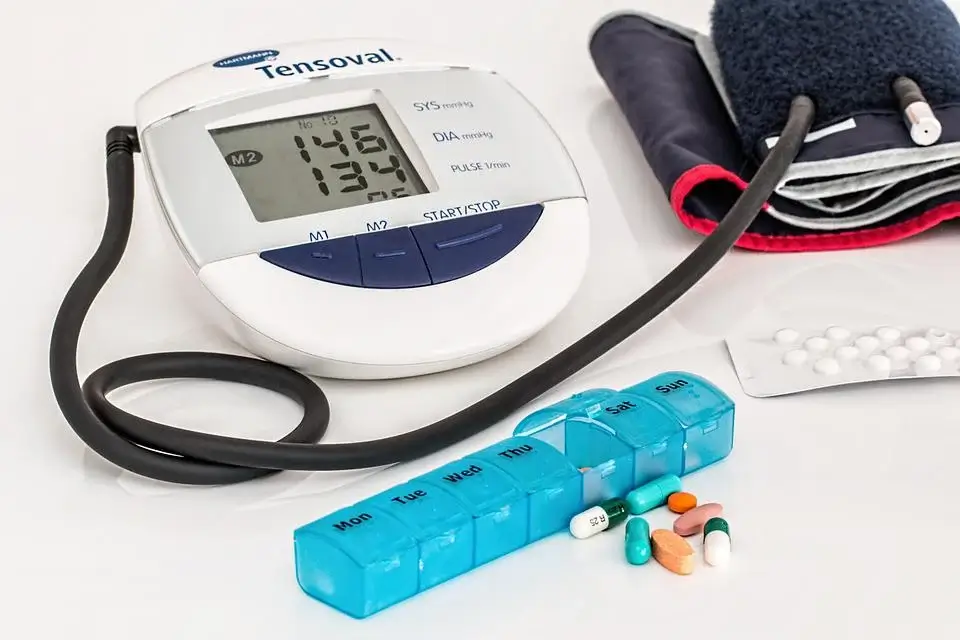Intermittent fasting is a popular diet trend that has been gaining traction in recent years. The idea behind it is that you can eat whatever you want, but within a specific time window. For example, an intermittent fasting plan might have you eating all your food within an eight-hour time frame each day.
This form of fasting has become increasingly popular because it’s less restrictive than some more traditional diets and the results seem to be mostly positive. But the question remains: how does intermittent fasting work? And are there any benefits? Here are six ways of doing intermittent fasting for people who would like to try it out for themselves.
What is intermittent fasting?
Intermittent fasting is a diet that has you eating within a specific time frame to give your body a break. The idea is that when you don’t eat, your body goes into “fasting mode” and starts burning through fat stores for energy. In this way, intermittent fasting can be an effective weight loss method.
It’s also been shown to have other potential health benefits, like lowering the risk of heart disease, diabetes and cancer.
However, not everyone agrees that intermittent fasting is necessarily better than eating healthy food on a regular schedule. And it likely won’t work for people who have serious medical conditions or who are pregnant or breastfeeding.
To reap the benefits of intermittent fasts, experts recommend doing them intermittently — not every day — and only for 12-16 hours at a time. You should also make sure to drink plenty of water during the fast in order to avoid any adverse effects from dehydration.
How does it work?
Intermittent fasting is a type of diet where you cycle between periods of eating and fasting. The idea behind it is that you can eat whatever you want, but within a specific time window. For example, an intermittent fasting plan might have you eating all your food within an eight-hour time frame each day.
One way to do intermittent fasting is by having a 16:8 diet. This means that for 16 hours of the day, you’re not consuming any food or calories. And then for the next eight hours, your diet consists of all the food and calories that you want.
Another type of intermittent dieting is called 5:2. In this version, five days out of the week are normal days when there are no restrictions on what you eat. But two days out of the week are restricted to 500 calories per day, or about one-fourth of what most people need in order to maintain their weight.
On top of these two diets, there are also several other intermittent fasting methods that have been gaining popularity in recent years. One popular variation is called alternate day fasting (ADF). With this type of fast, every other day is a regular eating day with no limitations on what can be eaten while the other days are restricted to 500 calories per day or less than 25 grams of carbohydrates.
Why do people choose to do intermittent fasting?
There are a few different reasons why people might choose to do intermittent fasting. The first is that it’s less restrictive than traditional diets. On a popular diet, you might be told not to eat any carbs or sugars, for example. But with intermittent fasting, there are no restrictions on what you can eat in the time frame you’ve chosen for your fast.
Another reason people may choose to do the diet is because it seems to have mostly positive results. There have been many studies done on intermittent fasting and the majority of them seem to show that it’s safe and effective for weight loss. One study even found that doing intermittent fasting for three days a month helped reduce body fat mass and helped increase lean muscle mass.
Disadvantages of intermittent fasting
There are some downsides to intermittent fasting. For example, it may be difficult or expensive to maintain as a lifestyle because of the need to constantly buy food and prepare meals. Additionally, this form of dieting is not sustainable in the long-term because people eventually end up going too long without food. This can make them feel cranky, weak, and irritable.
However, there are many benefits of intermittent fasting that have been proven time and time again. In fact, one study found that alternating between periods of fasting with periods of eating had a beneficial effect on insulin levels for people with type 2 diabetes. There are also many anecdotal reports that claim this form of dieting has helped people lose weight and improve their health overall.
How to get started with intermittent fasting
1. Eat all your food within an 8-hour time frame each day
2. Fast for 16 hours and eat for eight hours, every day
3. Fast for 24 hours one or two days per week
4. Eat all your food within a 12-hour time frame each day
5. Eat between 8 a.m. and 4 p.m., every day, with no eating in the evening
6. Alternate days of eating very few calories (50-100) and then eating whatever you want
Eat during a set time frame
One of the simplest ways to approach intermittent fasting is to do so by eating during a set time frame. This means you would only eat during a certain period of time each day, and then fast for the rest. For example, you might have your first meal at noon and not eat again until 8 p.m.
People who do this type of intermittent fasting say they usually eat less than if they were eating all day long because they are restricting themselves to only one meal per day. Some people find that this type of diet helps them lose weight because it gives their body a chance to process food without digesting any more food
Drink only water during your fast
This might seem like a simple one, but it’s surprisingly effective. You just need to drink water for all your hydration needs. This is good news if you’re looking for an easy diet method that will let you eat a little bit of what you want.
If you choose this plan, the best time to do intermittent fasting is in the morning so that you can get through those first few hours with just water.
Don’t have any coffee or tea during your fasting period either—those liquids count as food and will break your fast.
Other ways to get creative with your fasting schedule
One way to do intermittent fasting is by alternating between days where you eat a lot of food and days where you eat less. You can also fast for a few hours during the day and eat the rest of your meals at night. Another way to get creative with fasting is by doing a 24-hour water fast followed by a 24-hour eating window. This type of fasting only allows for liquids for about twenty four hours, but it’s not as strict as some other forms of fasting because it allows for more food in the eating window.
Takeaway:
Intermittent fasting is not a new concept, but it is gaining popularity today.
It is becoming easier to find information on intermittent fasting and people are discovering the benefits of this lifestyle.
Intermittent fasting can help you lose weight, gain muscle, improve mood and sleep, and make it easier to keep up with your mental capacity.
The best way to get started with intermittent fasting is to find a routine that fits your lifestyle. There are many different ways to do intermittent fasting, so it’s important to find what will work for you.












